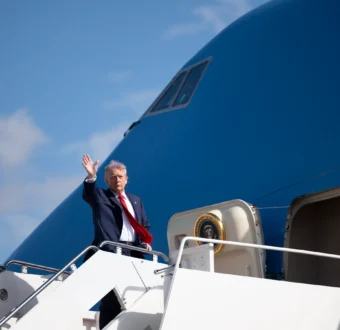American Restraint Might Not Look Like What You’d Expect

Since taking office, Trump has ushered in a number of high-level nominations from the world of restraint, particularly at the Department of Defense. That bodes well for Trump’s promises to reduce the global US military footprint. But Trump’s return is more likely to divide the restraint movement than unify it, even as he carries out some of its precepts.
Trump’s grand strategy is hard to pin down. Although his “America First” rhetoric is outwardly critical of the foreign policy establishment, Trump’s first term saw him act more in line with strategies of primacy. He frequently accosted US rivals across the world with everything from continuing air strikes in the Middle East to ratcheting up tensions with China. And his stated aims of peace are often at odds with his violent rhetoric toward foreign states and leaders, including US allies.
Then there’s Trump’s pledge to rebuild the military, even as he claims his legacy will be measured by “the wars we never get into.” Meanwhile, Elon Musk’s DOGE works to dismantle USAID, a major pillar of non-military engagement with the rest of the world.
For progressive restrainers, these contradictions are probably too much to bear. Figures like Bernie Sanders or Ro Khanna aren’t likely to get on board with Trump’s aggressive rhetoric, even to support elements of his foreign policy with which they might otherwise agree.
…
Read more of Ransom’s article in Inkstick

Ransom Miller is a research associate at the Institute for Global Affairs at Eurasia Group.
This post is part of Independent America, a research program led out by Jonathan Guyer, which seeks to explore how US foreign policy could better be tailored to new global realities and to the preferences of American voters.





What Americans really think about Trump’s foreign policy